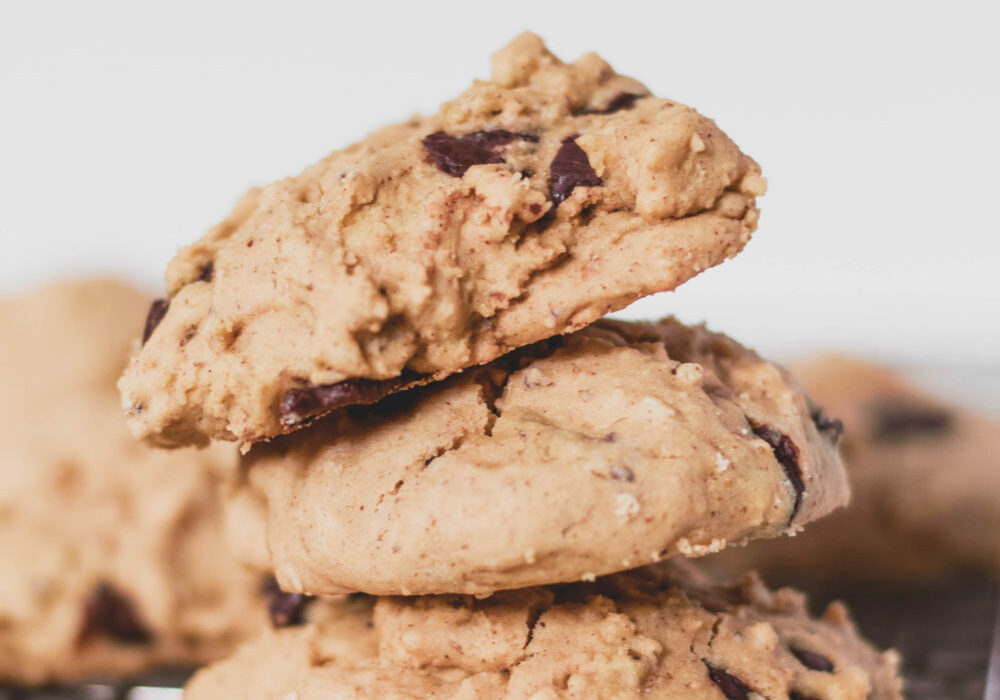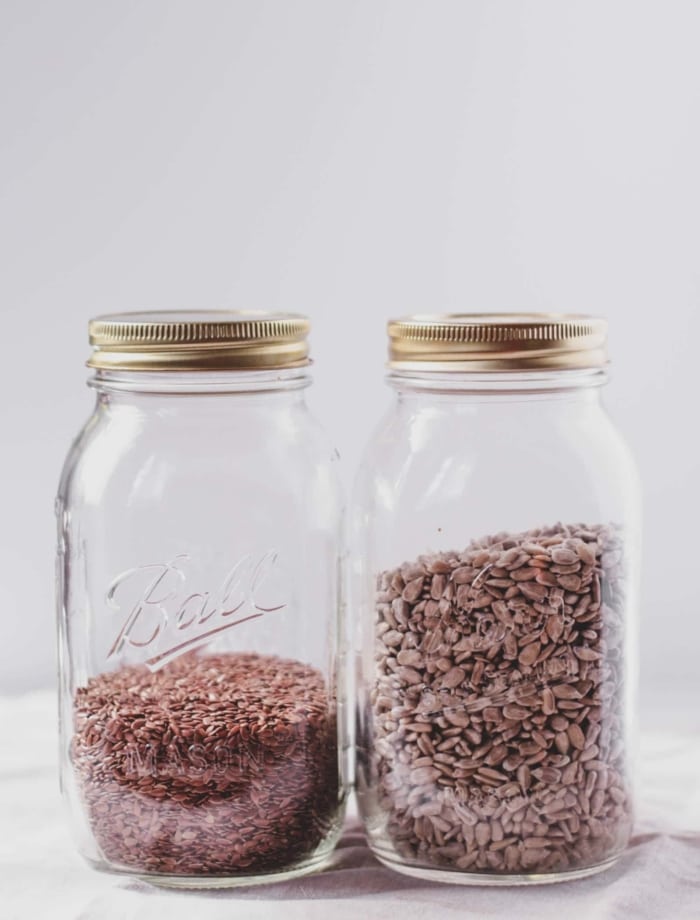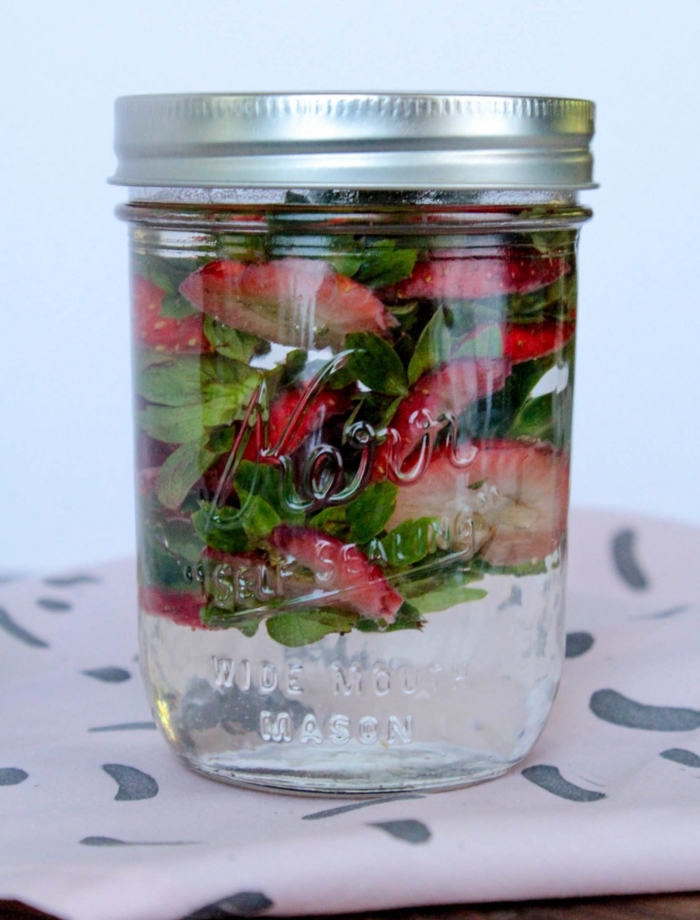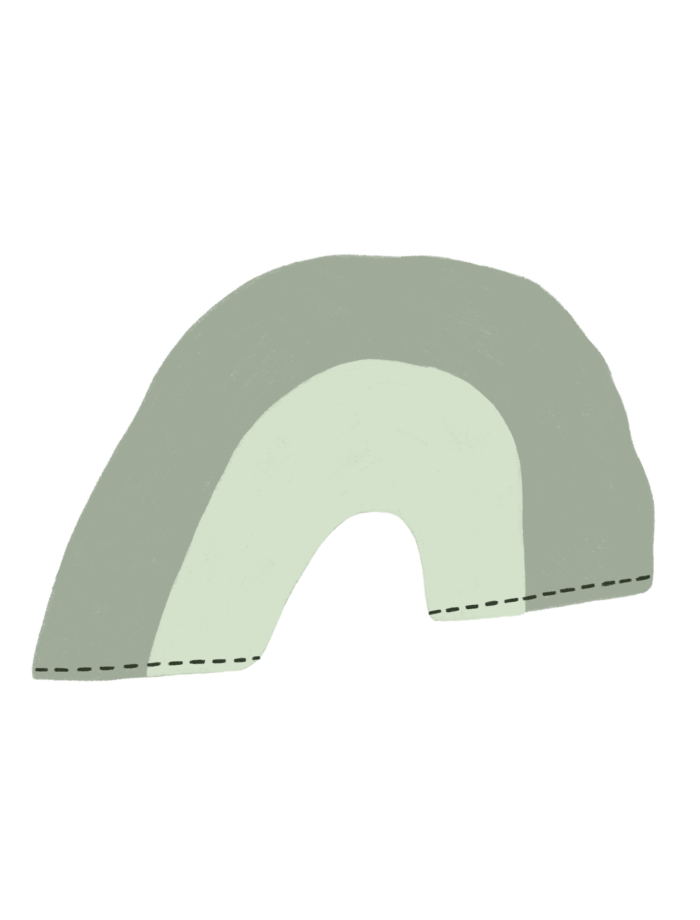Baking is a discipline known for its unforgiving nature. But for me, it’s the ultimate act of improvisation. I mix ingredients together, relinquish my work to the heat of the oven, and hope whatever comes out tastes good.
If I don’t have every ingredient listed on a recipe, I pull something that seems like a good alternative from my pantry. If I accidentally splash too much maple syrup or dump too much flour, I find a way to balance it with additional ingredients. If I want to make a pie or fruit infused cake, I use whatever fruit I bought that week at the farmer’s market. When I bake, it’s a whirlwind of impulse, enthusiasm, and spilled ingredients.
Let’s remove the outmoded understanding of baking as a practice reserved for rule-abiding perfectionists. Baking can be expressive and experimental. Not every muffin will dome and not every cookie will be chewy at its center. But baked goods, by definition, are ephemeral. And they beg you to make them again as soon as you’ve finished the last bite. (Take this homemade no yeast bread alternative we whipped up this week.) There is no better medium in which to improvise than one that disappears as soon as you share it.
Here are some guidelines I think about when substituting core ingredients:
1. To replace an egg, use something sticky and buoyant.
My go-to’s are:
- 1 tbsp. flax meal + 2 tbsp. water
- 1 tbsp. ground chia seeds + 2 tbsp. water
- 1/2 cup apple sauce
- 1/2 cup of squash or sweet potato puree
2. To replace a flour, replicate the texture.
Some groupings of flours that will yield similar results when swapped:
- All purpose flour, spelt flour, whole wheat flour, oat flour
- White rice flour, brown rice flour, buckwheat flour, quinoa flour
- Almond flour, hazelnut flour
3. To replace a fat, think about flavor and density.
- If you’re making something that needs to be fluffy like a cake, you want to use something light and neutral. For example, butter can be replaced with coconut or avocado oil.
- If you’re making something denser like cookies, oil or butter can be swapped out for nut butters like almond or cashew.
4. To replace a sweetener, consider water content.
Sweeteners fall into two categories—liquid and dry. They can be used interchangeably within those categories. If you swap a dry for a liquid, add a few tablespoons of water or nut milk. If you swap a liquid for a dry, add a bit more flour.
- Liquid sweeteners: Maple syrup, date syrup, rice syrup, honey
- Dry sweeteners: Cane sugar, date sugar, coconut sugar
These tips cover your basic baking formula (pastry chefs don’t @ me!), but perhaps my best tip for baking improvisationally is to follow your tastebuds. Think about the flavors and textures you want to create and reach for ingredients that have those qualities. Check your fridge and pantry to see what’s tempting you before making a shopping list. (A true Improvisational Kitchen!) You’ll be baking as messily as me before you know it.
Let us know what your go-to baking substitutions are in the comments! Bake on! #closedloopcooking
Stay hungry.






